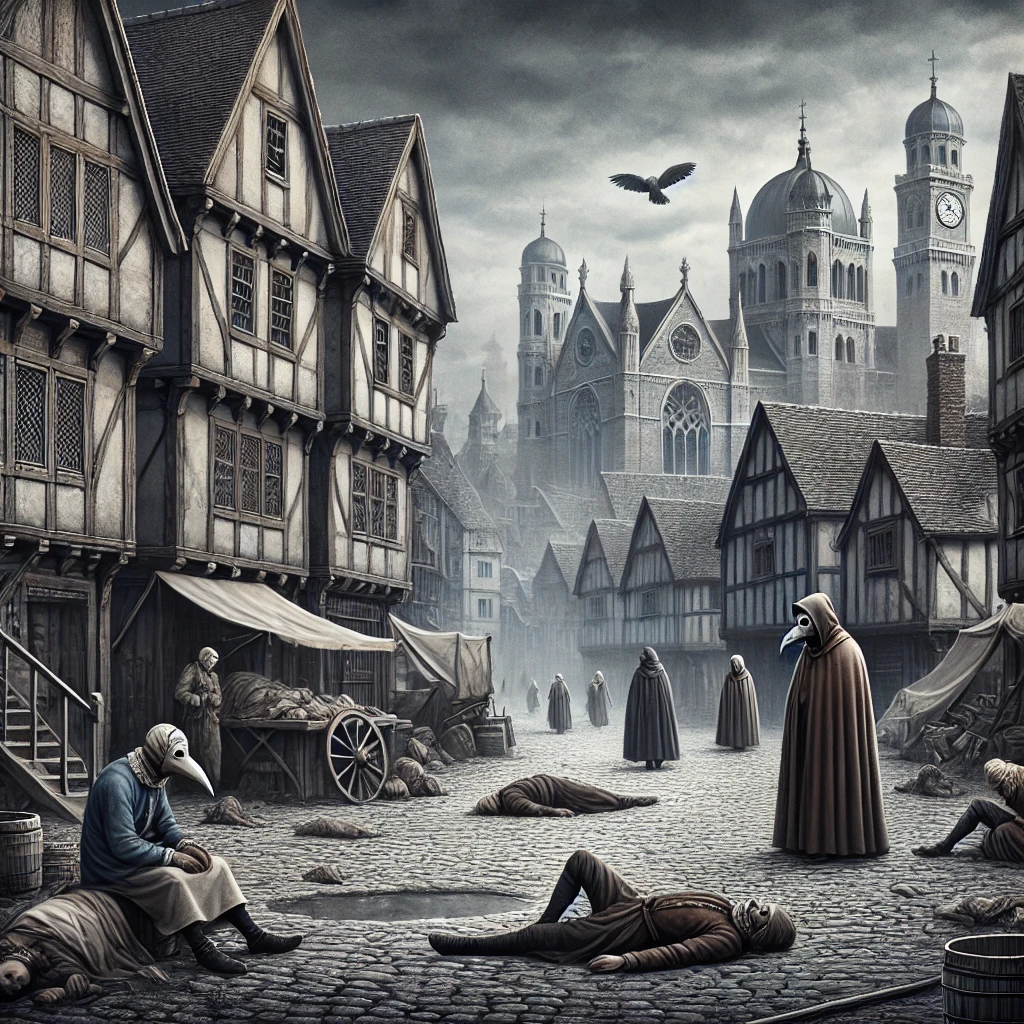The Black Death, a bubonic plague pandemic that swept across Europe in the 14th century, was one of the deadliest ecological disasters in human history. By killing millions and disrupting society, the plague not only changed the course of European history but also reshaped the continent’s ecology and economy. This article explores the impact of the Black Death as an ecological disaster and its lasting effects on Europe.
Origins and Spread of the Black Death
The Black Death originated in Asia and spread to Europe in 1347 through trade routes, carried by infected rats and fleas on ships. The disease was caused by the bacterium Yersinia pestis, which attacks the lymphatic system and leads to painful symptoms such as swollen lymph nodes, fever, and death. The plague spread quickly across Europe, decimating populations in cities and rural areas alike.
The Ecological Impact of Mass Mortality
As the Black Death killed an estimated 30-60% of Europe’s population, entire communities were left empty, and the loss of human life had a significant ecological impact. Fields and farmlands were abandoned, allowing natural ecosystems to recover and forests to regrow. This return of vegetation likely affected climate patterns by reducing carbon levels, an early example of what some call a “human-made rewilding” effect.
Economic and Social Consequences
The massive labor shortage due to the plague led to economic and social changes that would define Europe for centuries. With fewer workers, surviving laborers gained bargaining power, leading to improved wages and working conditions in many areas. Serfdom and feudalism began to decline, and the demand for a labor force reshaped social structures, empowering peasants and prompting migration to urban centers.
Lasting Effects on Public Health and Medicine
The Black Death also changed Europe’s approach to health and medicine. The catastrophic losses led to the establishment of public health measures, such as quarantine protocols and medical guilds. The development of plague hospitals and specialized doctors helped lay the foundation for modern public health systems. Over time, these changes helped Europe become more resilient to future outbreaks.
The Cultural and Psychological Legacy
The trauma of the Black Death left deep cultural scars. Art and literature from the period reflect a preoccupation with death, with motifs of mortality and suffering appearing in countless works. This shift influenced European philosophy and theology, leading to new questions about life, death, and faith that would eventually shape the Renaissance and later cultural movements.
Conclusion
The Black Death was not just a health crisis; it was an ecological disaster that transformed Europe’s society, economy, and environment. The plague’s legacy is evident in the changes it brought to public health, labor practices, and culture. The story of the Black Death reminds us of the profound impact that ecological disasters can have on human civilization.

